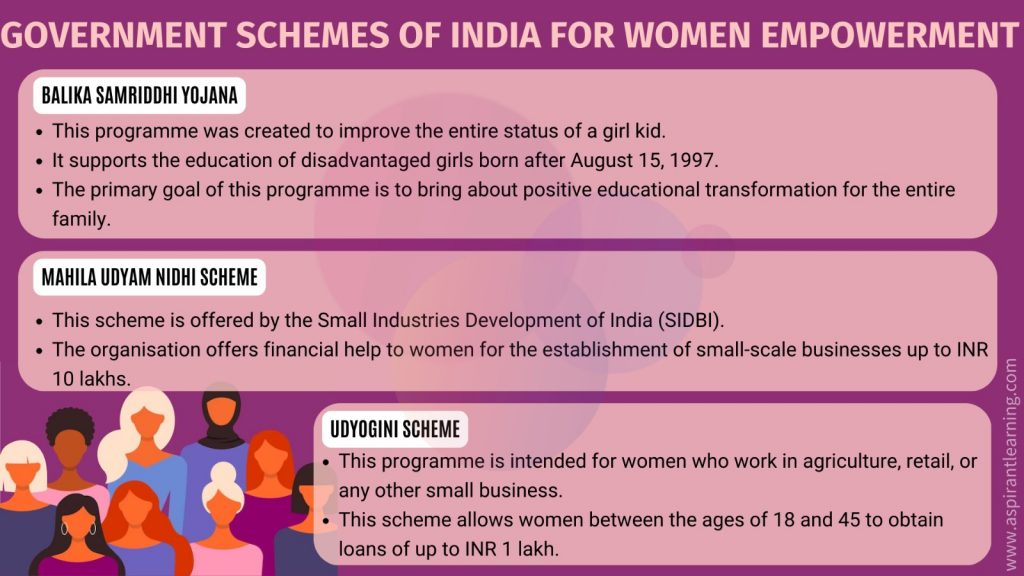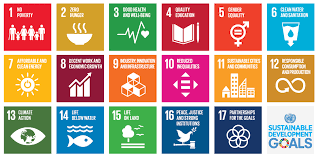News Highlight
India will likely miss the deadline for 50% of Sustainable Development Goals (SDGs) indicators.
Key Takeaway
- India needs to meet 19 of the UN’s 33 SDGs (Sustainable Development Goals), accounting for more than half of the indicators.
- According to a study published in The Lancet journal, the major off-target ones include access to essential services, poverty, stunting and wasting of children, anaemia, child marriage.
- In addition, partner violence, tobacco use, and current contraceptive use.
Sustainable Development Goals (SDGs)
- About
- The SDGs are officially known as Transforming our World: the 2030 Agenda for Sustainable Development.
- In addition, by 2030, 17 goals and 169 milestones must be achieved.
- These objectives were endorsed by the United Nations General Assembly (UNGA) in 2015.
- Furthermore, these objectives are not legally binding.
SDG: 17 Goals
- Goal 1: End poverty in all its manifestations everywhere.
- Goal 2: Ending hunger, achieving food security, improving nutrition, and promoting sustainable agriculture are all priorities.
- Goal 3: Encourage healthy lifestyles and promote well-being for all ages.
- Goal 4: Promote inclusive and equitable quality education and create opportunities for lifelong learning for all.
- Goal 5: Ensure gender equality and the empowerment of all women and girls.
- Goal 6: Guarantee universal access to and sustainable management of water and sanitation.
- Goal 7: Ensure everyone can access affordable, reliable, sustainable, and contemporary energy.
- Goal 8: Encourage inclusive, long-term economic growth, full and productive employment, and decent work.
- Goal 9: Construct robust infrastructure, promote inclusive and sustainable industrialisation, and foster innovation.
- Goal 10: Minimise inequities both within and across countries.
- Goal 11: Make cities and human settlements more inclusive, safe, resilient, and long-lasting.
- Goal 12: Take steps to ensure a sustainable consumption and production pattern.
- Goal 13: Take immediate action to combat climate change and its consequences.
- Goal 14: Sustainably preserve and utilise oceans, seas, and marine resources.
- Goal 15: Preserve, restore, and promote sustainable use of terrestrial ecosystems, sustainable forest management, prevent desertification, and halt and reverse land degradation and biodiversity loss.
- Goal 16: Support peaceful and inclusive societies for long-term development, ensure equal access to justice, and create compelling, responsible, and inclusive institutions at all levels.
- Goal 17: Enhance implementation mechanisms and revitalise global cooperation for sustainable development.
Sustainable Development Goals in India
- Overview
- The Mahatma Gandhi National Rural Employment Guarantee Act (MNREGA) is being implemented to offer jobs.
- In addition, it improves the living conditions of unskilled labourers.
- The National Food Security Act is, in effect, providing subsidised food grains.
- The Indian government’s primary campaign, Swachh Bharat Abhiyan, aims to eliminate open defecation in the country.
- Renewable energy generation targets have been set at 175 GW by 2022.
- It is to maximise the use of solar, wind, and other renewable energy sources while reducing reliance on fossil fuels.
- The Atal Mission for Rejuvenation and Urban Transformation (AMRUT) and Historic Cities Development and Augmentation Yojana (HRIDAY) projects have been implemented to improve infrastructure.
- Furthermore, India intends to combat climate change by ratifying the Paris Agreement.
The Gender Snapshot 2022
- Report Highlights
- Firstly, the research stated that at the current growth rate, the SDG-5 of achieving gender equality will not be realised by 2030.
- By 2022, around 383 million women and girls will live in extreme poverty, compared to 368 million men and boys.
- With the current rate of advancement, it will take nearly 300 years to reach full gender equality.
- Equal representation of women in national legislatures will also take at least 40 years.
- To end child marriage by 2030, progress must be 17 times faster than in the previous decade.
- In addition, girls from the poorest rural households and those living in conflict zones are projected to suffer the most.
- In 2021, around 38% of female-headed households in war-affected areas had moderate or severe food insecurity.
- Compared to 20% of male-headed households.
- The pandemic is expected to cost women an estimated USD 800 billion in lost income by 2020.
- More women and girls are being forcefully displaced than ever, with 44 million expected to be displaced by the end of 2021.
- Around 1.2 billion women and girls of reproductive age (15-49) live in countries.
- Furthermore, the territories where access to safe abortion is limited.

Way Forward
- Firstly, the data revealed irrefutable regressions in their lives, exacerbated by global crises in;
- Money, safety, education, and health.
- In addition, the longer we wait to alter this tendency, the more money we will all have to pay.
- Gender equality is a prerequisite for attaining all Goals and should be at the centre of all rebuilding efforts.
- Cascading global crises jeopardise SDG implementation, disproportionately affecting the world’s most vulnerable population, particularly women and girls.
Pic Courtesy: UNESCO
Content Source: The Hindu



